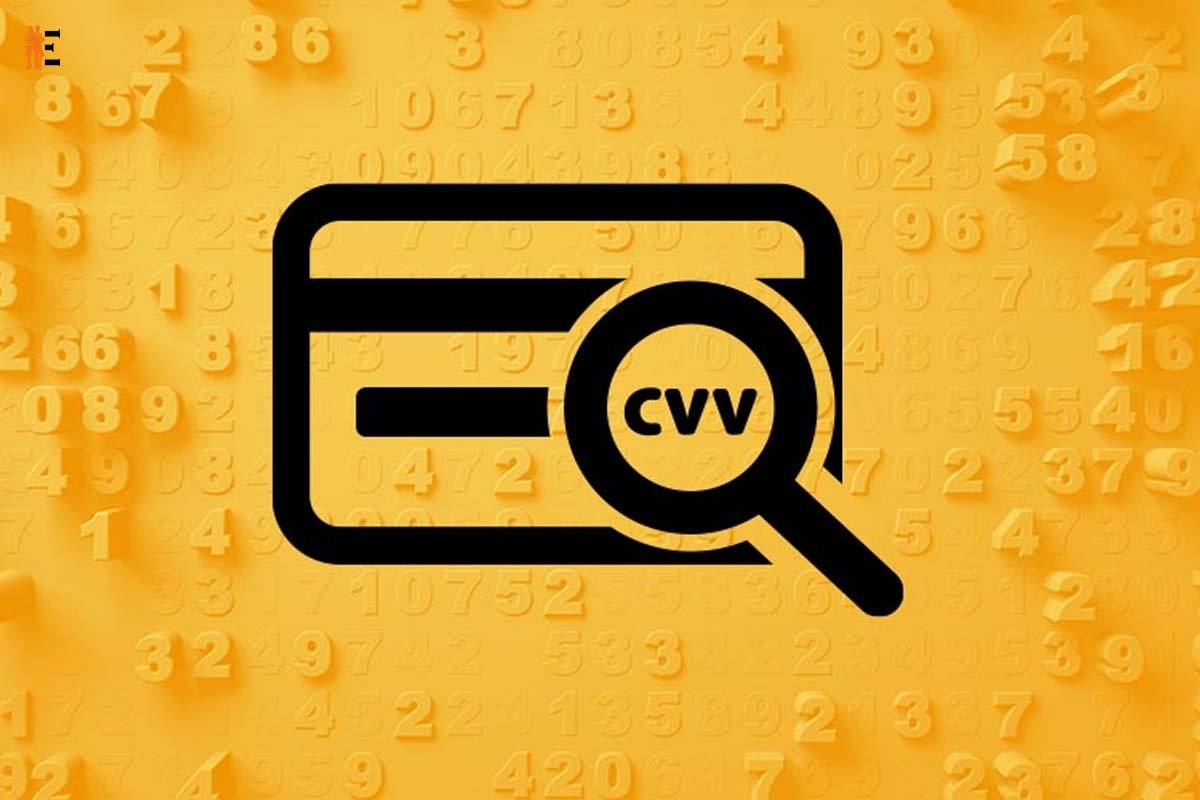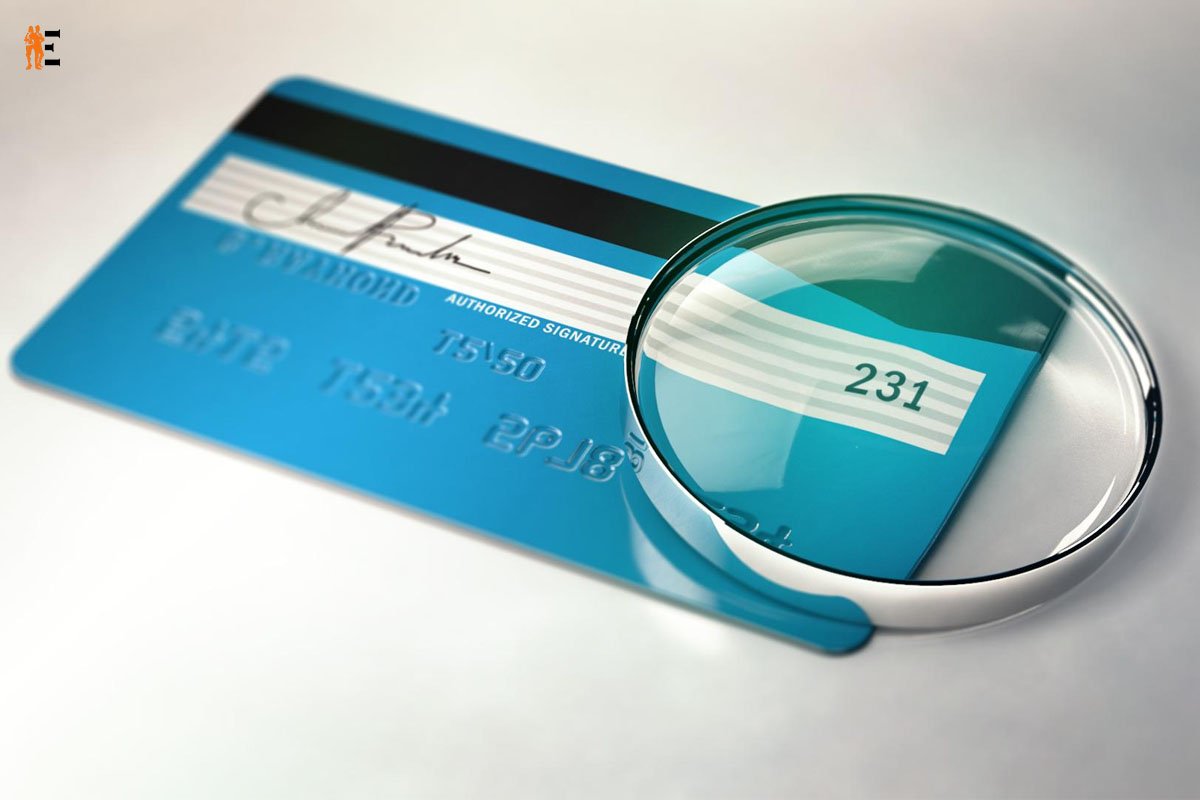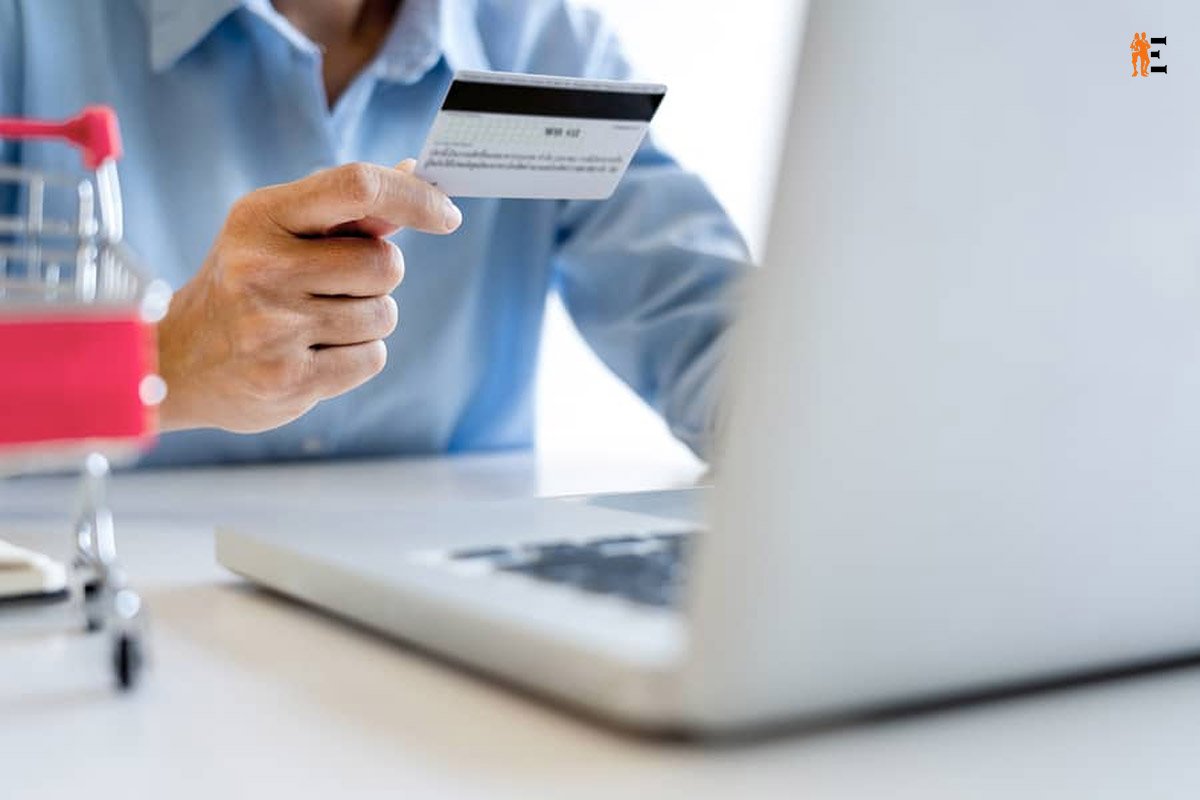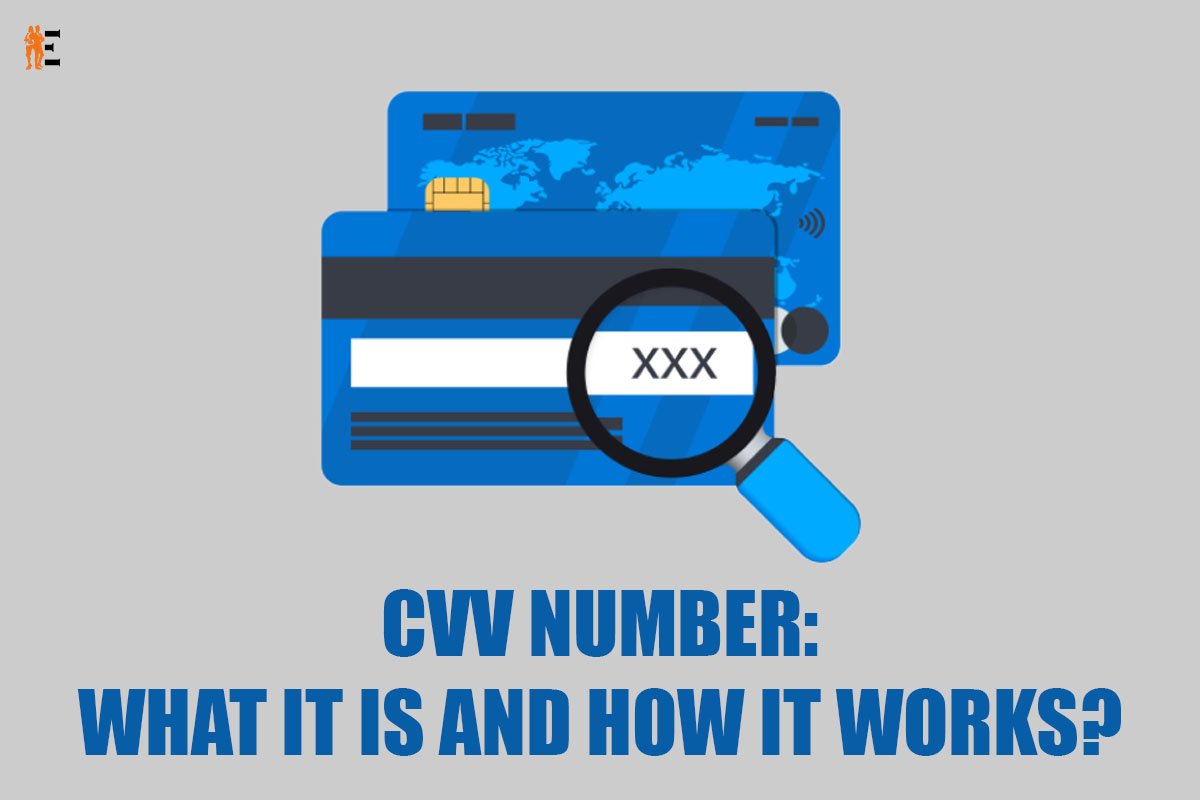When you make a purchase using a credit or debit card online, the only information that is required from you is the card number and the expiry date, but there are other pieces of information that are also requested. In order to complete the purchase, the retailer will also want your CVV number. Continue reading to learn more about the CVV, including what it is, how to locate it, why it is so essential and more.
Here are the 5 Best Points of CVV Number: What It Is And How It Works?;
1. What Is CVV?
Card Verification Value is what is meant by the abbreviation CVV. It is a three-digit number that is often referred to as a card verification code or a card security code. The three-digit code that appears on the back of credit and debit cards is known as the card verification value (CVV). This code serves as an extra layer of protection for your private information during online transactions.
2. Where Does the CVV Come From?
The CVV number is not chosen at random but rather is derived in a strategic manner by the entity that issued the debit or credit card (banks or other financial institutions) using the following information:
- the specific algorithm
- Number of Card and Service Code
- CVV Number
Card Expiry Date Issuer’s Unique Code

It should come as no surprise that the specific algorithms that were employed are unknown.
3. Where on the Card Can You Locate the CVV Number?
The card verification value, or CVV, is a three-digit number that is written on the back of Visa and Mastercard credit cards, often directly above or inside the signature strip.

4. What Exactly Is the Intention Behind the CVV?
Every company that issues credit cards or debit cards has developed a system in which each newly printed card comes with its own unique CVV number. This code is normally needed if you are using your card to make a transaction that takes place online or virtually. The Card Validation Value, or CVV, is a three-digit number printed on the back of credit and debit cards that is used to verify the card’s owner and provide an extra layer of security against card loss, theft, and fraudulent use.
5. How Can Checking Your CVV Help You Avoid Identity Theft?
Debit and credit cards are the most common forms of payment used for online transactions and virtual payment gateways. Keeping a record of the cardholder’s CVV number in their database is against the law for these websites.

This ensures that the merchants cannot obtain your CVV number, even if they have access to the other data of your card. A criminal will not be able to use your card even if their access to your card information is gained since they will not be able to access the CVV because it is not recorded in the databases. Because of this, the CVV serves as an additional layer of protection for your card, preventing identity theft as well as other fraudulent actions.
BOTTOM LINE
The three-digit code printed on the back of every debit and credit card serves to deter fraudulent activity during in-person, over-the-phone, or online transactions. While it is more difficult to obtain than the other information on your card, the CVV number does not always ensure safety.
They are not entirely effective on their own, but they do assist prevent fraud. Hence, it is essential that you constantly take the required safeguards to protect yourself while you are doing business via the internet or on your phone.











